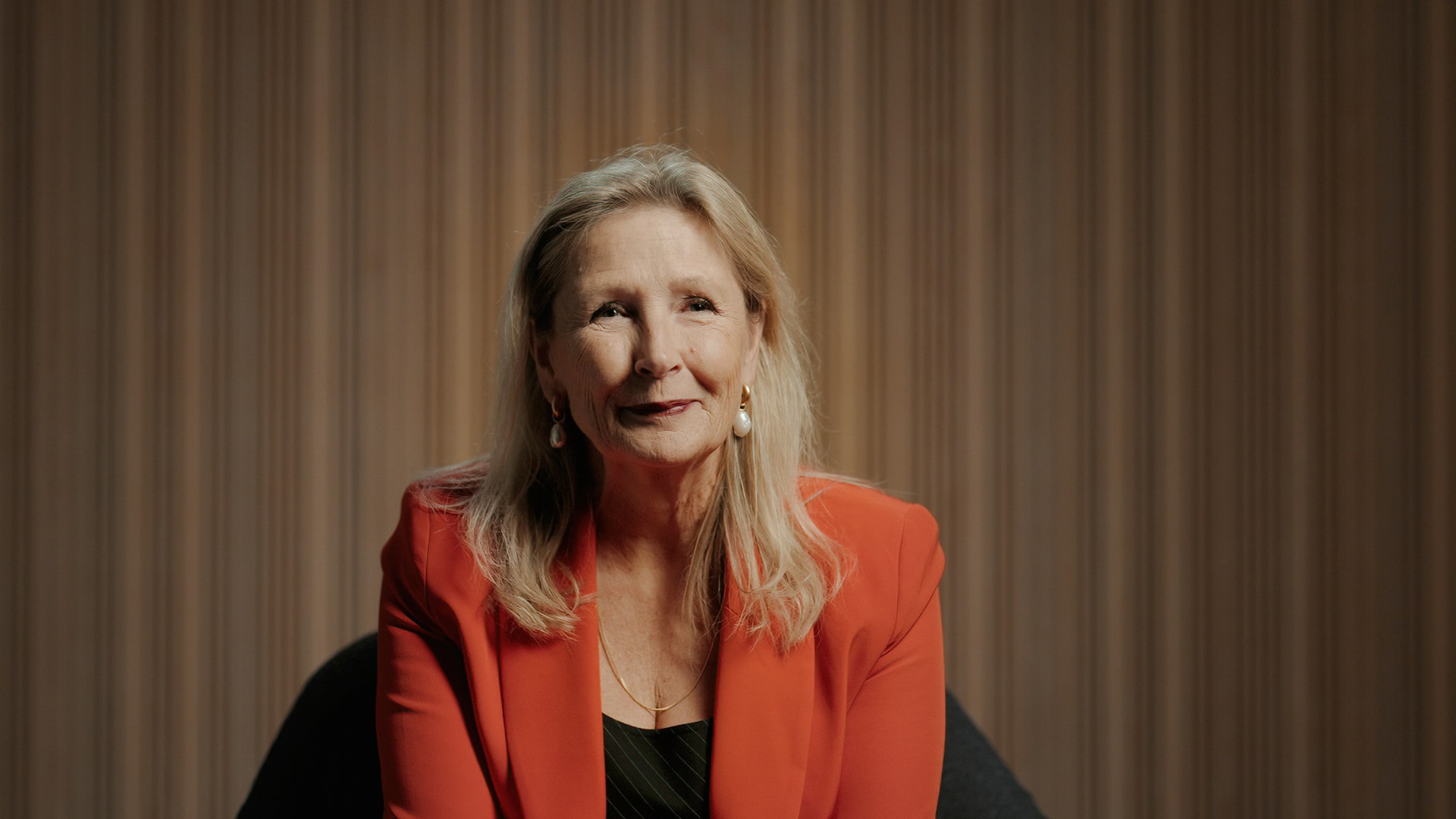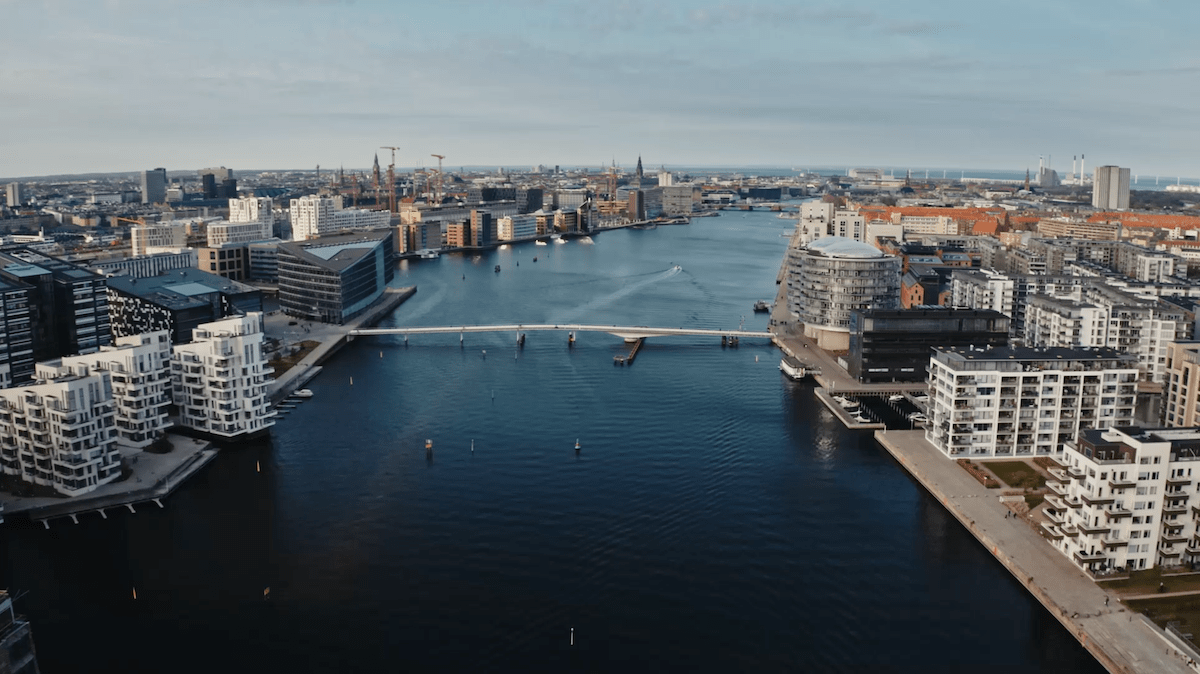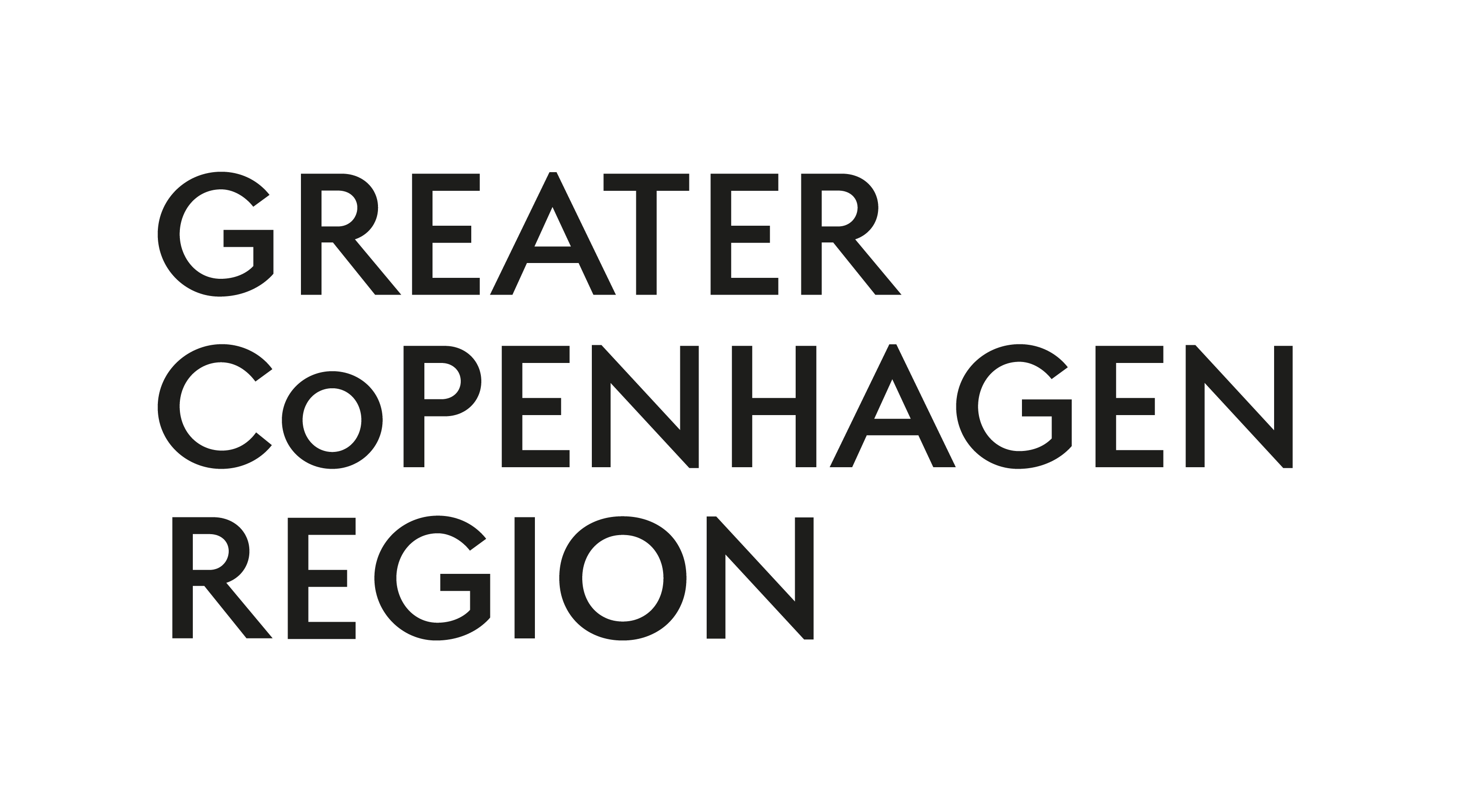
Here's what you need to know about unions in the Greater Copenhagen Region
Starting to work in another country is exciting, but it might raise a few unanswered questions. In our interview with two representatives from major labour unions in the region, you can read everything you need to know.
Claudia from the Greater Copenhagen Region team has talked to Beatrice, Team Coordinator at DM labour union, and Hans, Deputy Head of Negotiations at Acavia labour union, and asked them the most important questions to get your start into the region's work-life right.
Claudia: Thank you, Beatrice; thank you, Hans, for taking the time. Let’s dive right into it. Can you describe what a union in the Greater Copenhagen Region does?
Beatrice: In Denmark, we differentiate between two types of unions. There are the unions that can negotiate collective agreements and go to labour court on behalf of their members – they are so-called red unions, and then there are the yellow unions that don’t have these rights.
We are a red union, and on a day-to-day basis, we function as a platform for members who seek help, support, and counseling no matter what work-related questions they have. Beyond counseling, we can also officially represent our members, e.g., during salary negotiations or in labor court.
Hans: Sweden doesn’t differentiate between red and yellow; however, we specialise in different education levels. That means we differentiate between blue and white-collar job occupations.
We at Akavia are a white-collar union. Our members primarily work as economists, lawyers, social scientists, IT academics, personnel scientists, or communicators. But no matter if blue- or white-collar, the main task of a union in Sweden is pretty similar to those in Denmark. We are involved in determining the working conditions that will apply to various professions and various jobs. This is done through collective agreements where the trade unions and the employers agree on the terms.
In Sweden, collective agreements are very important because they regulate things that are regulated by legislation in other countries.

Photo credit: Clay Banks
Claudia: So, a collective agreement means that the employee doesn’t have to negotiate work conditions themselves anymore.
Hans: Simply put, yes – to a certain extent. The collective agreement settles a minimum of a variable, for example, minimum wage, retirement benefit, or work hours.
Of course, you can always re-negotiate and make your own individual agreements with your employer.
In Sweden, these agreements are also especially important when it comes to retirement or work hours.
Beatrice: I think a good example is the current discussion on the 4-day workweek. In Denmark, 37 hours are the standard amount of hours for a full-time job, distributed over 5 work days. But for some sectors, it might make sense to introduce a four-day working week. Then we can go in and negotiate if the 37 hours should be kept as a minimum for a full-time job or if it should be adjusted to something else.

Claudia: How can I become a member of a union?
Beatrice: Everybody who works in Denmark has a right to be unionised. We are a red union specialised in representing academics. You can still be a member of our union if you don't have an academic education but have an academic job or if you are in a collective agreement. However, you might get better representation from another union that is specialised in your specific job field.
Hans: Yes, I agree. I don't think there is very much to be aware of based on just that question. You must be able to fulfil the criteria that the individual unions might require, such as working in a specific field or having a specific grade of education.
Beatrice: Yes, that’s true.
Claudia: And how do you think my employer will react if they find out I’m part of a union?
Hans: Most employers in Sweden have no problem with unions. In fact, we usually cooperate quite closely. If you want to be sure, you can always just ask your employer or your colleague about the climate towards unions.
Beatrice: Absolutely. It is an openly accepted thing to be a part of a union in Denmark, too. We have had unions since the end of 1800s - so you could say it's a Danish tradition to be a part of a union.
But of course, we also understand that some people who come from different countries may have different and maybe primarily negative experiences with unions. In that case, we suggest you go to our website, as we have all the important info available online. Of course, it is possible to get some clarification over the phone, but we prioritize phone consultation for our members. It’s completely free of charge, and there are no strings attached. You don’t have to become a member because you are seeking this kind of info from us.
Claudia: If there is such a close cooperation between employers and unions, can my employer decide what union I should be part of?
Beatrice: Nobody can force you to be a part of a union. Period.
However, there might be situations in which it might be of advantage to be part of the same union all your colleagues are members of. Let’s 90% of your co-workers are members of our union and a conflict at your workplace arises. Then, we might make use of our right to strike in order to make the employer meet our demands better.
During a strike, the employer won’t pay your salary. But since we prompted the strike, we will cover your salary via our “strike fund” – but only if you are a member of us. So 90% of your colleagues won’t miss any salary and then you as the “odd one”, you're not going to get anything from us.

Photo: iStock
Claudia: OK, so I should definitely do some research on which union fits best to me before signing up…
Hans: Absolutely. Also, over the last few decades, we unions have developed further. We offer many more benefits than just the official representation of our members in front of the employers. We also offer specific training, courses, networking events, or webinars, which you get the most out of if they actually represent your competencies or field of work.
Beatrice: Often, you can also get discounts on industry-specific, important events that are not organised by us directly.
Claudia: Thank you so much for all these insights, Beatrice and Hans.
1. Checking in
We take great pride in treating everyone in the Greater Copenhagen Region equally.
Our flat hierarchies at the workplace result from the belief that nobody is better than the other. We even have a name for it: the Jante Law.
However, we don’t always do our international colleagues a favour by simply “living by the law”. Instead, we have to acknowledge that our international colleagues are different: they don’t necessarily speak the language, have a different outlook on hierarchies, or are simply divergent.
Checking in regularly in a safe space, e.g., via a regular 1-on-1 meeting, shows great potential to create the feeling of belonging to the company.

Photo by Thomas Svanholm Fink
2. Again, Check-in, but this time with your company
Check-ins with international employees only are not enough. You and the company have to be ready and open, too.
Look at your onboarding process and ask yourself: Do you include onboarding topics relevant to non-Danish or non-Swedish employees? What is the general company culture like? Could you improve certain aspects?
3. Watch your language
True inclusion emerges when employees can chat and communicate outside official work tasks. Specifically, companies with predominantly national employees tend to switch to their native language when the conversation turns into a chit-chat rather than an official meeting. This might quickly lead to the exclusion of international employees.
Switching the company language from one to the other is undoubtedly a process that will take time. The first step could be to ensure that all working materials and official communication, such as all-hands meetings and emails, are available in English.

Photo by Thomas Svanholm Fink
4. Workshops
A great way to include internationals and their differing way of thinking and tackling projects, as well as reach a common ground for everybody in the company, is to provide workshops. Such workshops could be centered around the company's main values, culture, or work habits.

Photo by Thomas Svanholm Fink
Beatrice
Otoo
Beatrice is a team coordinator at DM, a Danish labour union dedicated to representing a broad spectrum of academics. She has been with DM for 4 years and works primarily with communications and sales. On a daily basis, she supports current members but also support effort in attracting new members.
Hans
Franklin
Hans is the Deputy Head of Negotiations at Acavia, a prominent Swedish labour union for professionals such as economists and lawyers. He oversees critical aspects of labour relations, for example negotiating collective agreements, for more than 140.000 members.
Greater Copenhagen Region is a place of endless opportunities for businesses and people alike. A place to live grow and evolve.
- Top-quality of life
- Great for doing business
- Highly educated population
- Excellent infrastructure
- Direct proximity to two markets
- Lovely pastries


About Greater Copenhagen Region
Greater Copenhagen Region stretches over the borders of Denmark and Sweden. With 4.4 million inhabitants and 17 universities, it’s the largest metropolitan area in the Nordics and a global hub for growth, sustainable solutions and innovation. The region offers world-class research facilities and a creative business environment. Outstanding infrastructure makes Greater Copenhagen Region highly connected via rail, road, air and sea. The two main cities of the region, Sweden’s Malmö and Denmark’s Copenhagen are just a half hour train-ride apart. Its strategic location makes Greater Copenhagen Region the link between 25 million consumers in Scandinavia and 125 million in Northern Europe.
